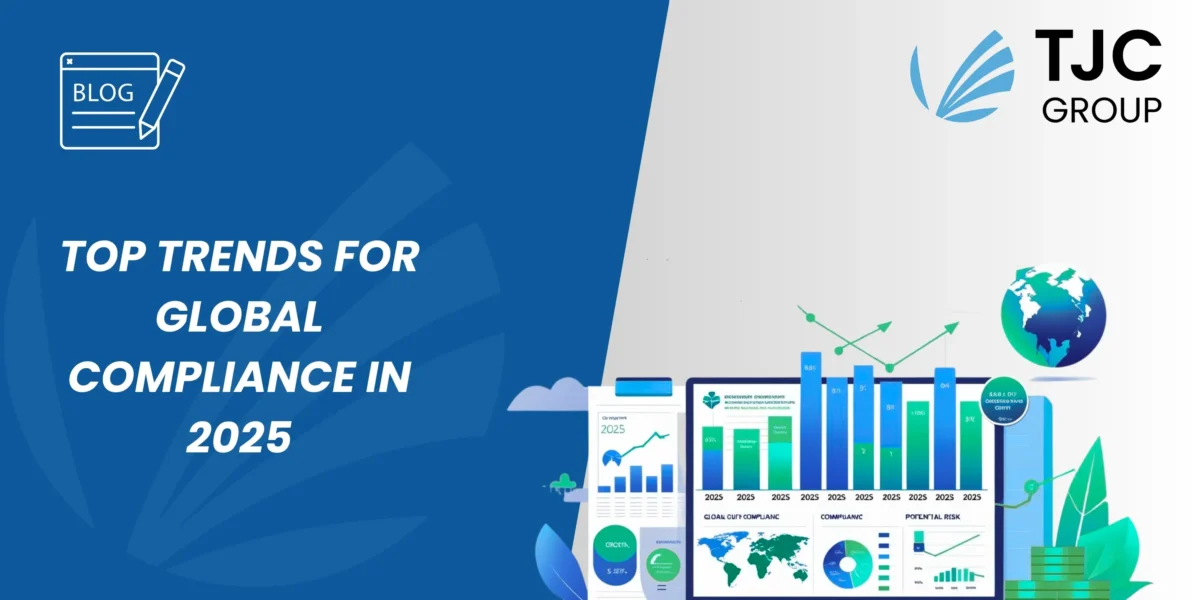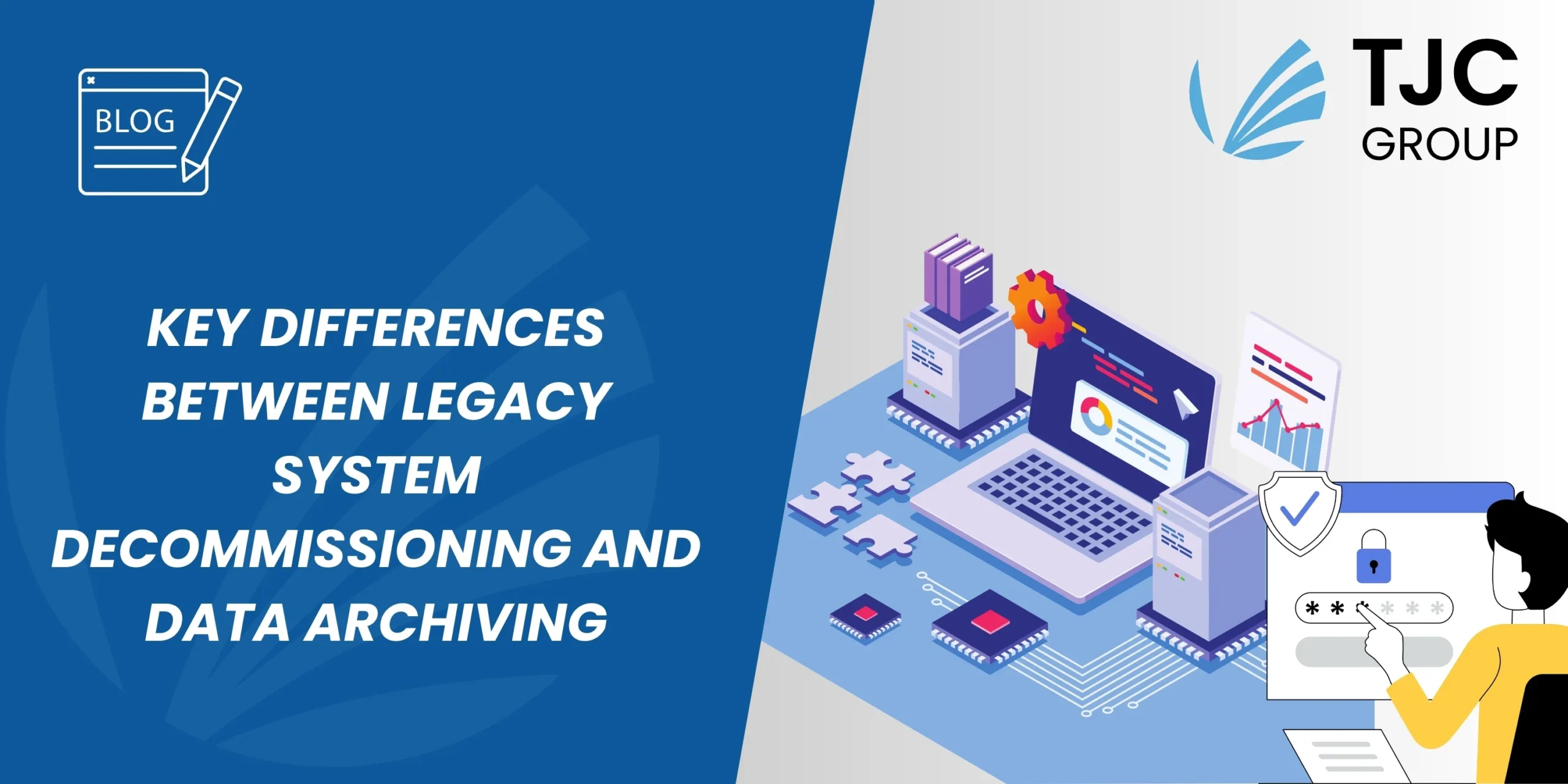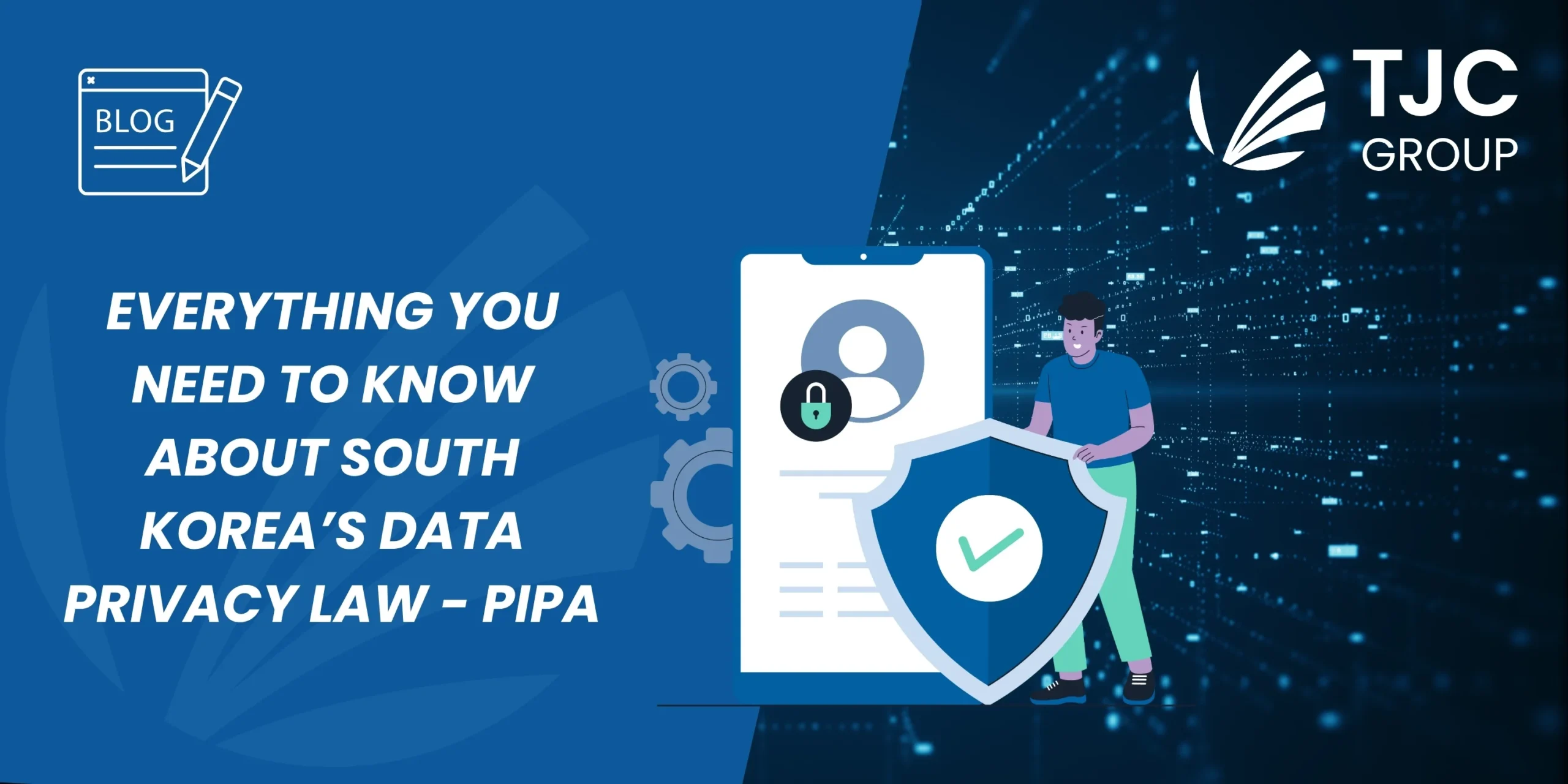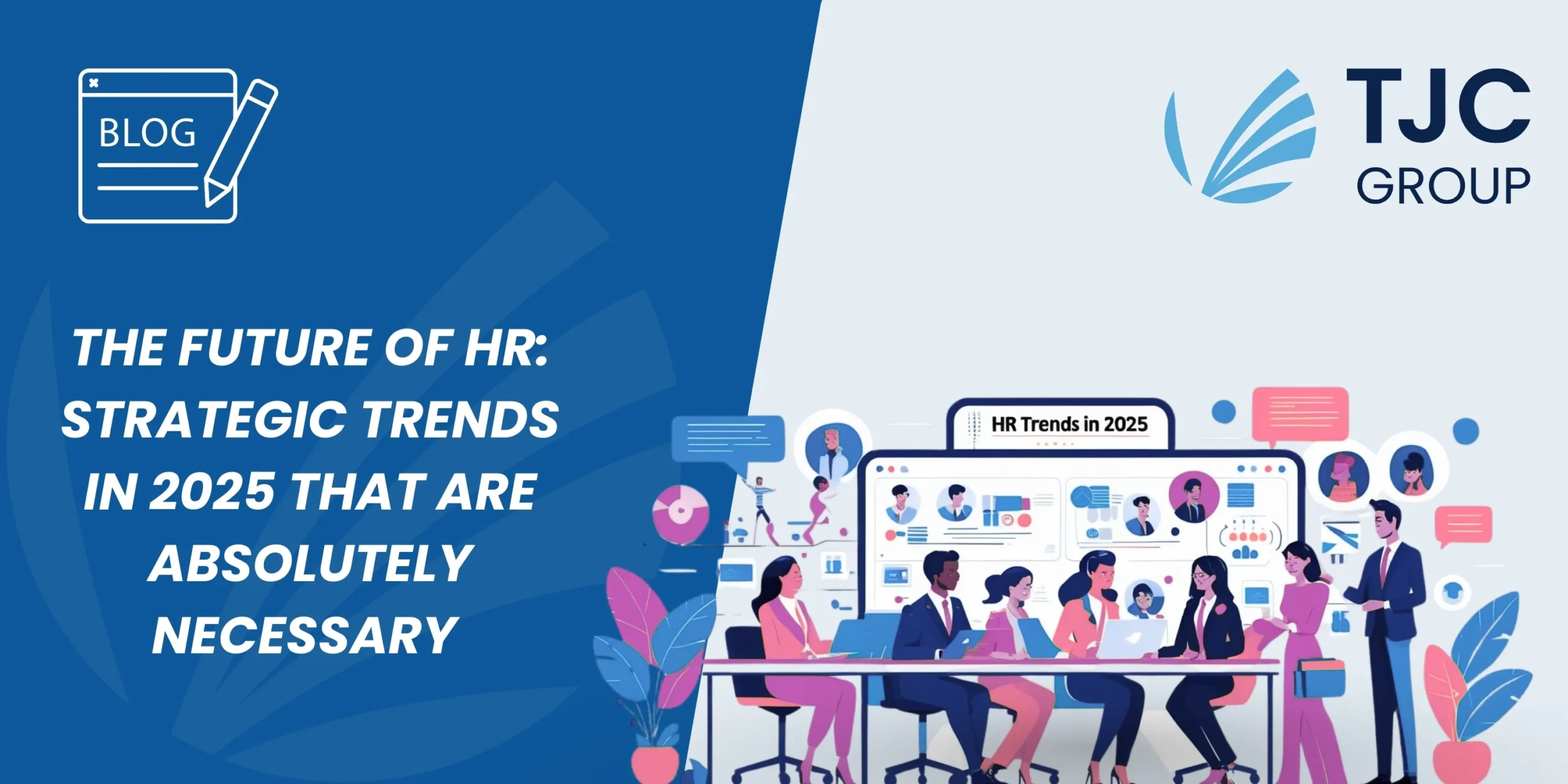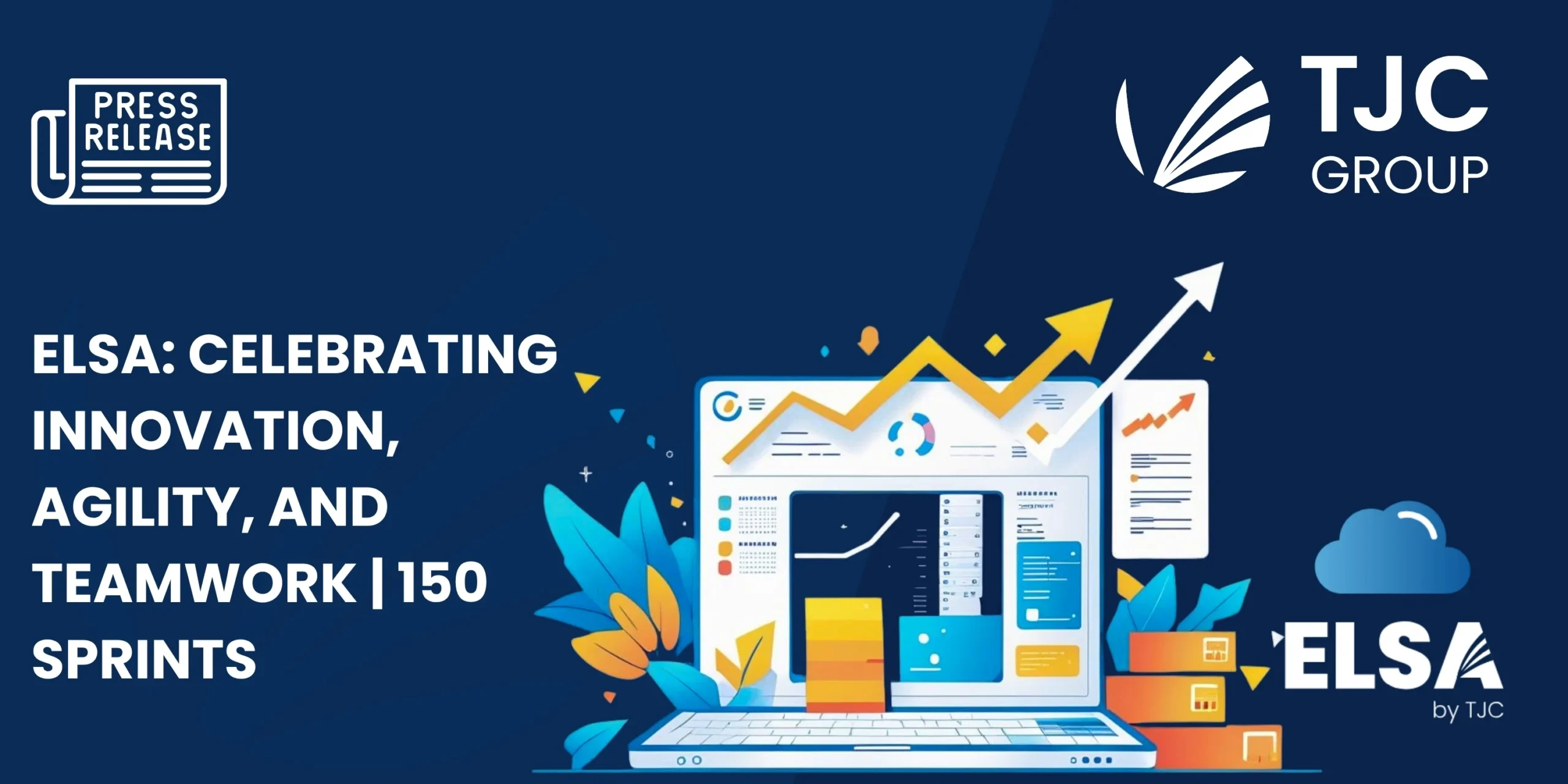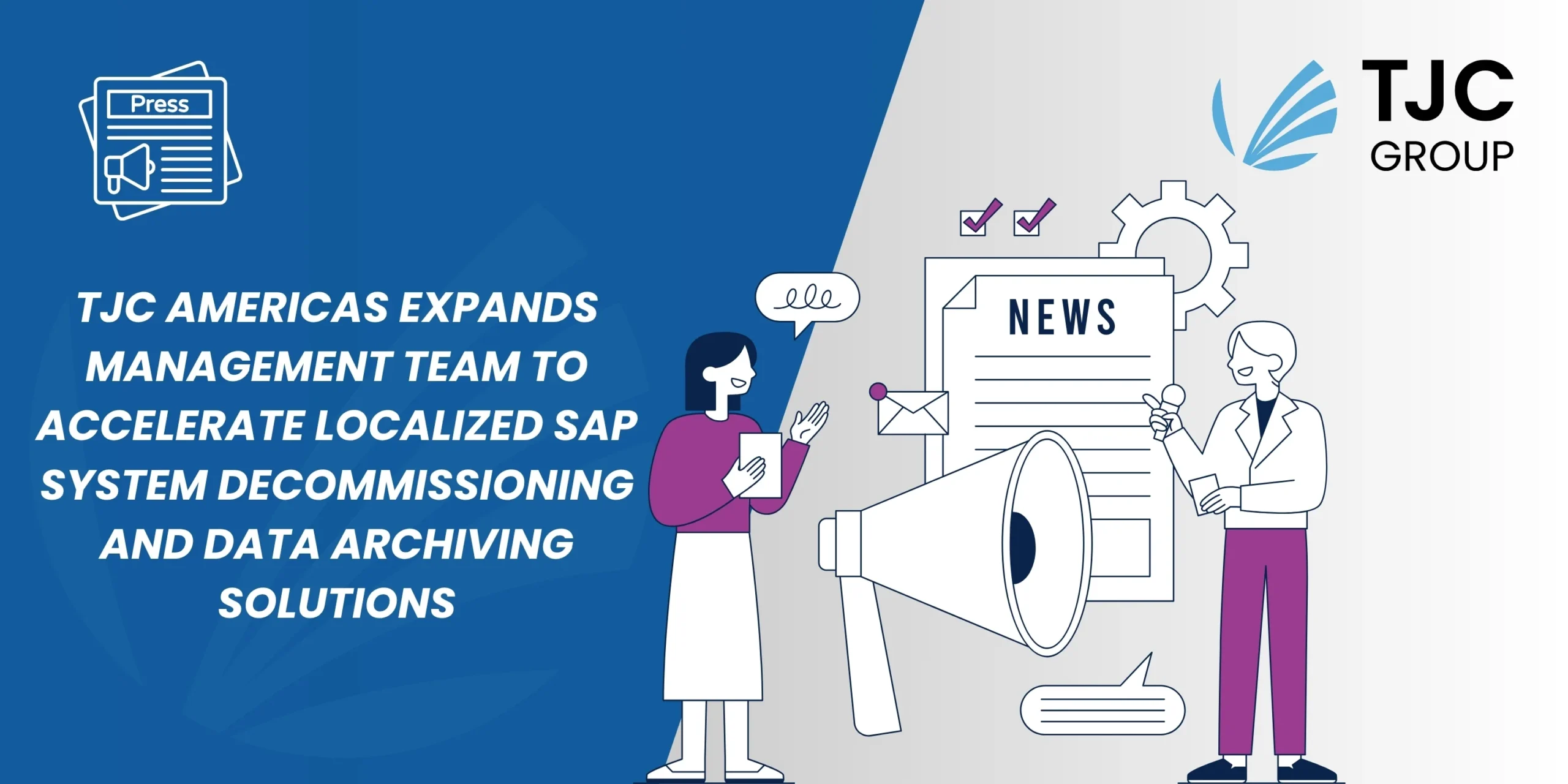Author: Priyasha Purkayastha, Global Content Manager, TJC Group
The world is advancing with emerging modern technologies, and with it comes the evolving and ever-changing regulations, making 2025 a year of transformation in compliance management. The first half of the year saw the rise of artificial intelligence, and it is set to grow even more. Additionally, more trends like the paradigm shift to sustainable solutions, global implementation of e-invoicing and reporting, cybersecurity and data privacy legislations, and so on, are definitely worth looking out for. All in all, these trends will also contribute to increasing transparency, shaping legal and global compliance in 2025.
Table of contents
Top trends for global compliance in 2025 to look for
The world undergoes a seismic shift every time a new technology introduces itself – the latest one being AI. Make no mistake that artificial intelligence has been around for a long, long time; it is only in recent years that AI has gained such momentum. Today, from governments to corporates to any other industries, the implementation of AI can be seen everywhere.
With emerging technologies come evolving trends that organisations must adapt to remain on par and compliant with today’s digitally advanced world. So, without any further ado, let’s take a look at the top trends for global compliance in 2025 –
Shaping of the EU’s act on AI
The European Union (EU) officially put forward its artificial intelligence (AI) act in August 2024, with compliance for prohibited practices coming into effect in February 2025. Although most provisions of the Artificial Intelligence Act will apply from August 2026, this year is important for organisations to understand, consider, and prepare themselves for the regulation.
As per the EU’s AI Act, everything pertaining to artificial intelligence is classified by risk levels, ranging from minimal, limited, and high levels, along with a final category of “unacceptable risk levels”. This is particularly important for organisations that deal with sensitive information like healthcare, law enforcement, employment, and so on. As a matter of fact, they are classified as high-risk for AI and may require much more stringent regulations. For organisations classified under high-risk AI, it is important to conduct frequent audits, examine their usage of artificial intelligence, implement more transparency, etc.
The artificial intelligence regulation by the EU helps shape the trends for global compliance in 2025, with organisations including stricter data governance, data protection, transparency, and most importantly, user consent in their AI usage. Furthermore, organisations have to strategise on how they document their AI processes, track data fed to the AI models while ensuring unbiasedness and data security.
Data privacy – newer regulations, enhanced protection
Data protection is one of the most important things that organisations must ensure. In fact, there are a plethora of data protection laws across the world that help ensure privacy. However, with the rise of AI and other automated solutions, the risks of data breaches also rise. Therefore, prioritising stricter data privacy measures in compliance procedures happens to be a significant trend this year.
Quintessentially, organisations have to implement much more stringent procedures for authentication and authorisation to ensure protection of the collected data. Additionally, keeping up with enhanced global compliance in 2025, the existing frameworks must also evolve, therefore, accommodating the ever-changing data protection regulations and requirements. In fact, this will help organisations in countries where new data protection laws are introduced, or the existing ones are tightened. This becomes especially important when you keep artificial intelligence in mind – while AI offers numerous benefits, it also brings along challenges related to data privacy.
More focus on cybersecurity
With data protection being a focus for organisations, data security also takes the spotlight. While often thought of as the same thing, data privacy and data security are two sides of the same coin. The latter refers to cybersecurity practices that help secure not just your data but also the entire IT network. With emerging cyberthreats in today’s digitally advanced world, organisations have to implement stricter practices and policies, mainly focusing on cloud and endpoint security. In fact, this puts focus on the management of cyber risks, with organisations implementing enhanced threat detection techniques. These advanced techniques will help detect any potential cyberattacks while securing the systems and shortening the response times.
In this regard, it is often suggested to implement multi-factor authentication (MFA) across your organisation and IT landscape. The MFA allows access to applications and systems using a one-time password that is time sensitive. This practice helps protect your IT landscape with an additional layer of security.
The era of sustainability
You might be thinking, what has sustainability got to do with compliance? But let’s just say, it is one of the most important trends for global compliance in 2025. In fact, it is a way for organisations to limit their digital carbon emissions while ensuring a boost in their corporate social responsibility (CSR) practices.
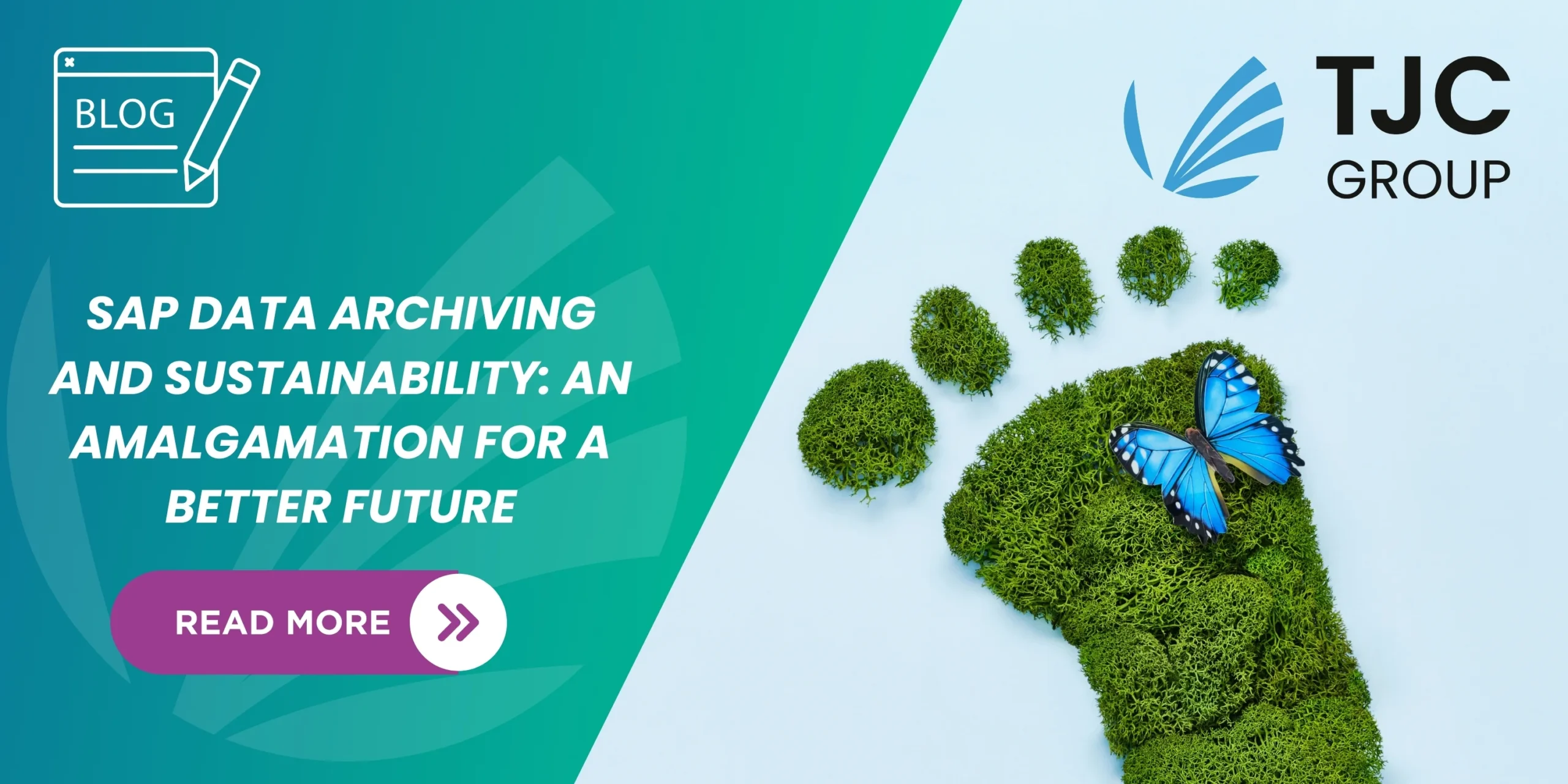
Understanding sustainable IT practices is quintessential for organisations – simply put, it is incorporating principles of sustainability into all aspects and areas of your organisation’s business and IT landscapes. Just as cybersecurity, compliance rules for AI, and others are important, compliance with sustainability is necessary, too. As a matter of fact, it should be implemented into your organisation’s development, procurement, maintenance, and IT landscapes from the very beginning. Furthermore, this also helps with climate risk compliance, where organisations may be required to disclose their risk assessments pertaining to the environment as a part of their compliance activities.
Software compliance – SaaS, cloud, open source
Software as a Service or SaaS compliance
The future of SaaS applications looks promising; however, they are likely to undergo a few tweaks with stricter regulations for data governance and user data privacy. An example here would be the compliance with the regulations concerning the cross-border transfer of data for SaaS providers and consumers.
Cloud compliance
Cloud technologies or cloud-based platforms are emerging at an exponential rate, and they will continue to evolve. With this growth of the cloud premises, it is evident that more extensive and stringent regulations will come into effect for governing the use of data. As a matter of fact, organisations must leverage capabilities to help incorporate the requirements of this global compliance in 2025.
Open-source compliance
There has been an increase in the use of open-source components in the development of software. In fact, the use of open-source components is expected to grow significantly in the future. Therefore, organisations must ensure that the components are implemented and used according to the licensing terms while having the scope of implementing the future regulatory requirements to avoid penalties.
5 key takeaways from trends for global compliance in 2025
- Tackle one aspect at a time: Compliance is quite a vast field, spanning IT, software, and corporate governance. Trying to address all areas simultaneously can be overwhelming and, in turn, can be counterproductive.
- Prioritise based on your industry needs: Every organisation is different. Therefore, it is important to build your compliance roadmap by aligning with your industry’s most pressing requirements and your company’s internal priorities.
- Use emerging trends to guide your strategy: The 2025 compliance trends offer a glimpse into where the field is headed. They serve as excellent starting points to understand what’s evolving and what may soon become critical.
- Keep a close eye on AI’s growing role: Artificial intelligence (AI) is poised to reshape how compliance is managed, ranging from monitoring to automation. Understanding its influence will be key to staying ahead in the compliance landscape.
- Strengthen focus on cybersecurity and data privacy: These are no longer optional. As threats evolve and regulations tighten, investing in robust cybersecurity and data privacy practices becomes increasingly essential.
An important aspect that organisations cannot miss is the management of their data. To stay compliant with the existing and evolving global compliance in 2025, overall data management must be achieved through solutions like data archiving. TJC Group is one of the leading data management experts, with 25+ years of experience.
Contact us today to learn how you can manage your data and ensure compliance with these trends.
